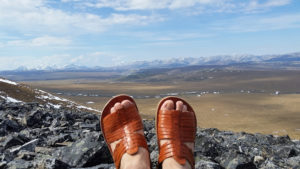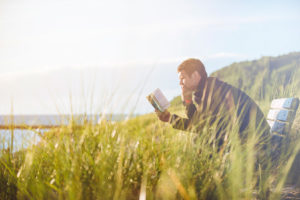This essay is adapted from a talk given by the author at the Ecological Society of America 2020 Virtual Meeting in August 2020.
I want you to look at this picture carefully:

What do you see? By the end of this story, I think you’ll see it differently than you do now. That’s what I learned to do by learning natural history, and applying those skills to places from my past. So when you finish this story, I’d like you to do the same for places from your own past. It’s like a walk back in time.
This picture shows where I’m from: Ciudad Juárez, Mexico. It’s a big dry city, in the middle of the Chihuahuan desert. It’s known for its extensive urban sprawl, driven by the maquiladoras industry, and for the unique border culture from having three close cities from two neighboring countries, the United States and Mexico. It is not the stereotypical green forested region that people sometimes associate with an inspiration to pursue a career in ecology. My hometown is quite the opposite — very gray.
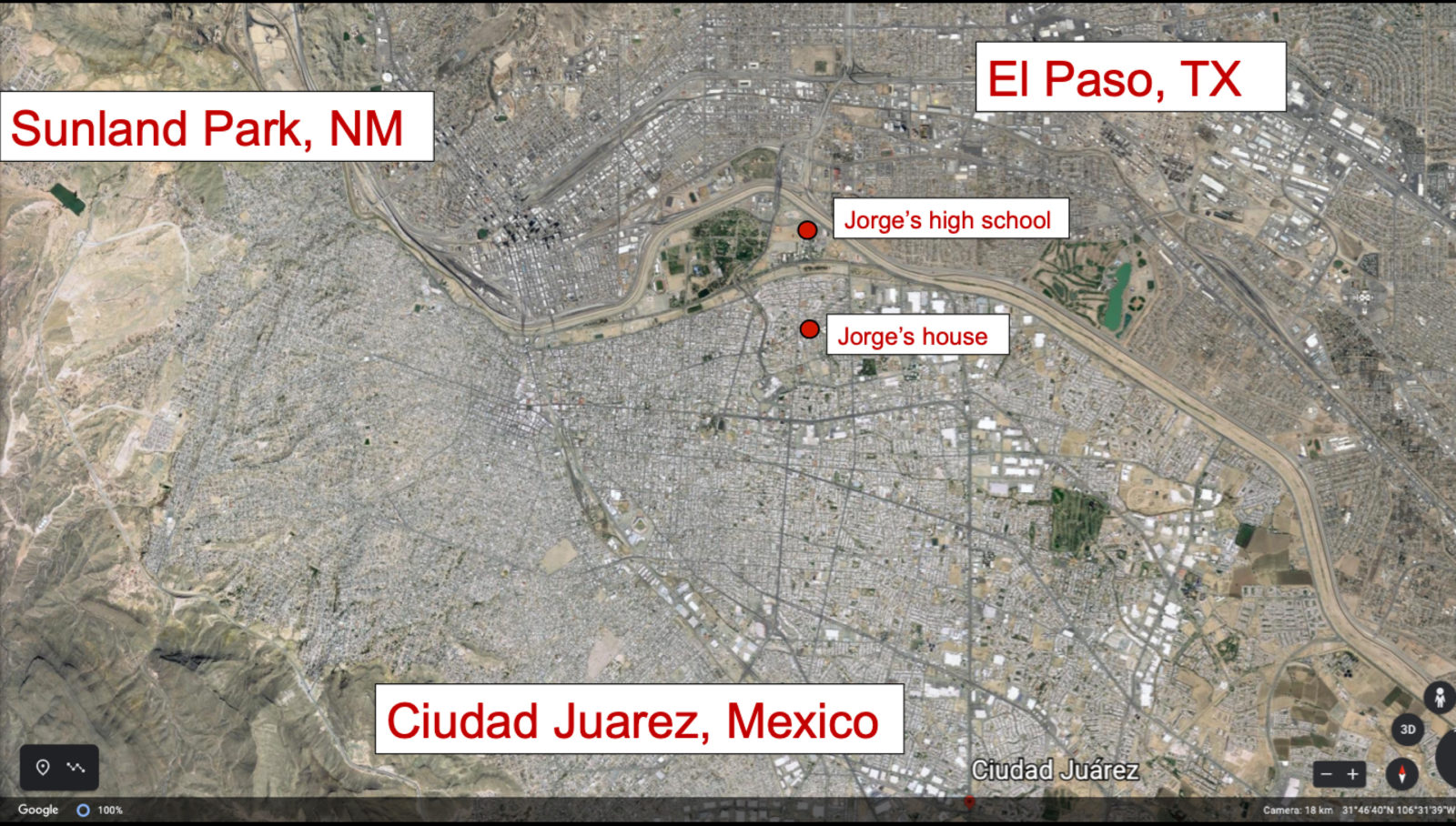
But if you look carefully, there’s a green area in the middle. This area was part of my daily high school walks in the early 2000s. I used to walk by this open area — well, it was supposed to be a park:
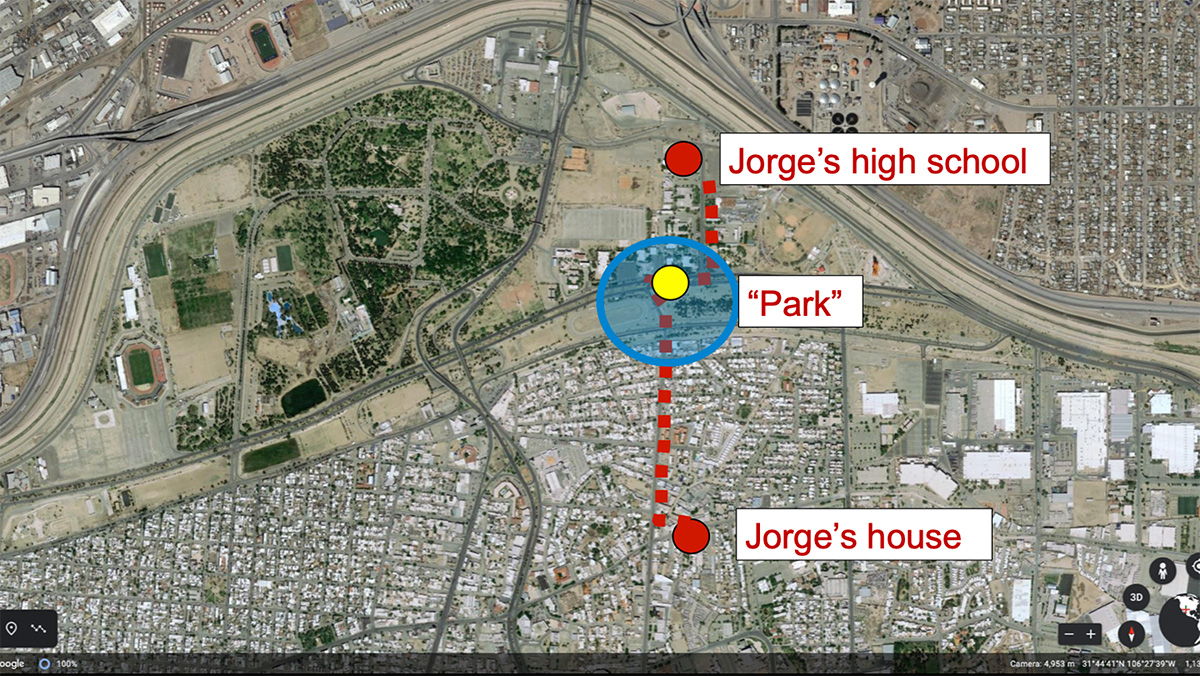
I took a picture of that area from this yellow point, take a look:

It’s hard to call it a park, right? That was my walk, though. I never questioned where the park came from or anything about its origin. I did not know anything about the field of natural history, so I don’t think I even knew how to make good observations.
Now fast forward 20 years, to my job at the Jasper Ridge Biological Preserve in California.
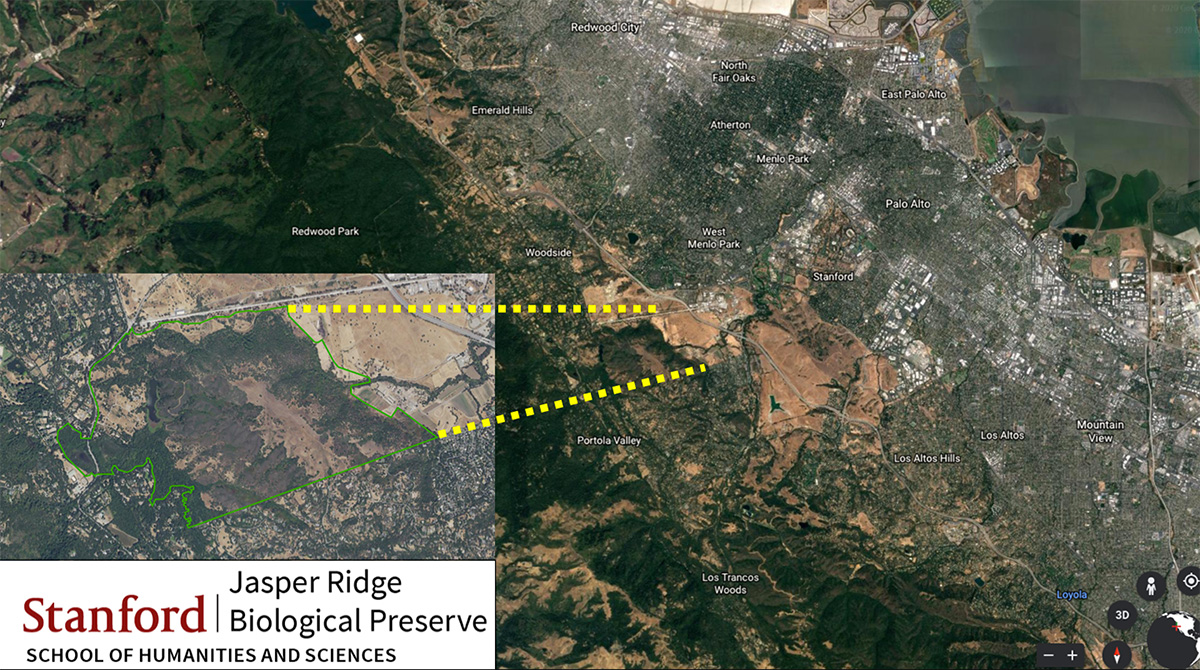
Jasper Ridge is dedicated to research, education, and conservation, and we also offer phenomenal opportunities to learn natural history. I co-teach and learn from a course focused on ecology and natural history alongside Professor Rodolfo Dirzo, another Mexican scientist and an amazing natural historian.
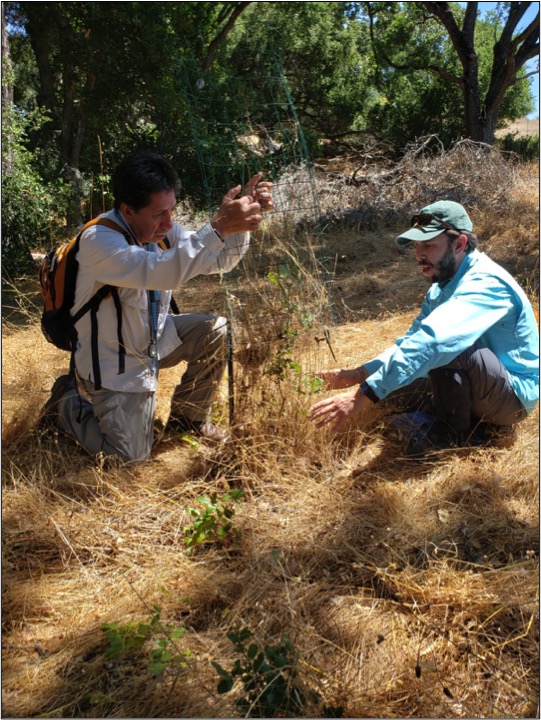
I’m not an expert on natural history. But after my first year of working with students, I’ve acquired a great deal of observational skills that I’m able to transfer to other environments. Even transfer them to different points in time.
About a month ago I had the opportunity to visit my hometown. While I was there, I recreated my high school walk, and wow, I saw things I had never seen before. I was surprised by the richness of natural history around the area. Remember this picture?

Take a look again. I took this one from a new bridge that’s above that park. What do you see?
First, you can see in the background the three highest peaks of each of these cities. Sierra de Juárez, of Ciudad Juárez, Cristo Rey of Sunland Park, New Mexico, and the Franklin Mountains of El Paso, Texas.
At the bottom you can also see that the park I used to cross during my high school walks, it actually used to be the old channel of the roaring Rio Grande river.

This river at some point was the fourth biggest river in North America. It was massive. Standing there made me wonder, well, what happened to this massive river?
It turns out that in 1962, after many floods, international politics, and even a double-assasination attempt, the river was permanently moved north.
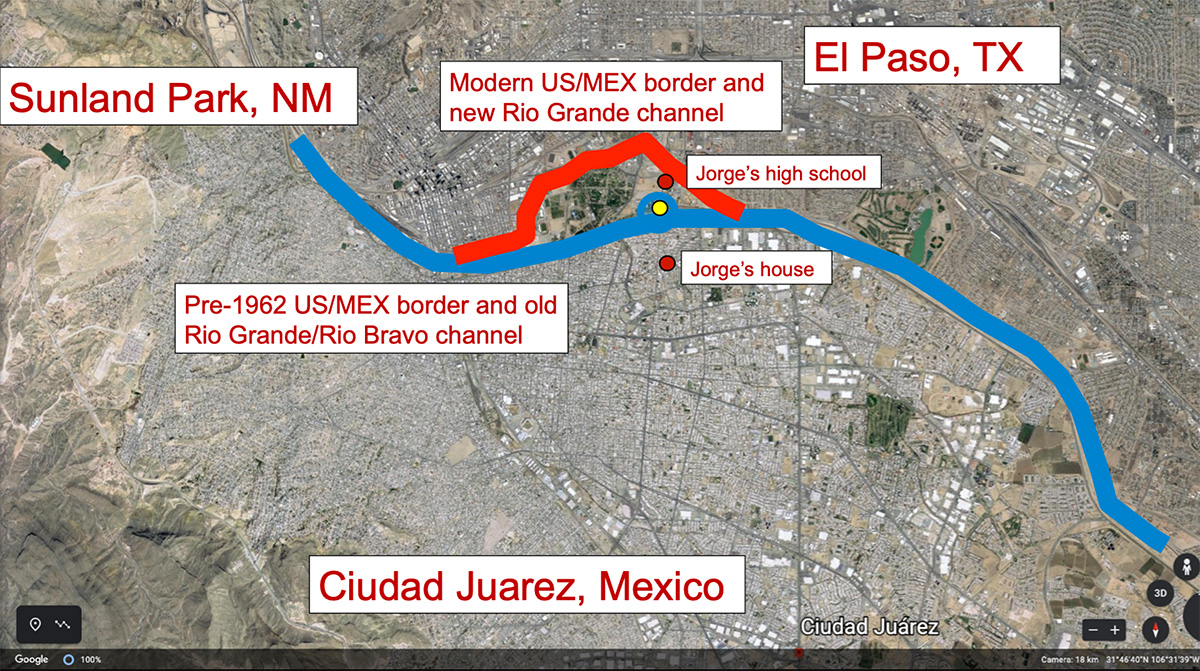
It turns out not only was I walking over an old river channel, my high school was located on the land transferred back to Mexico, named El Chamizal. And this is my high school ID, to show you that the name of my high school was also El Chamizal.
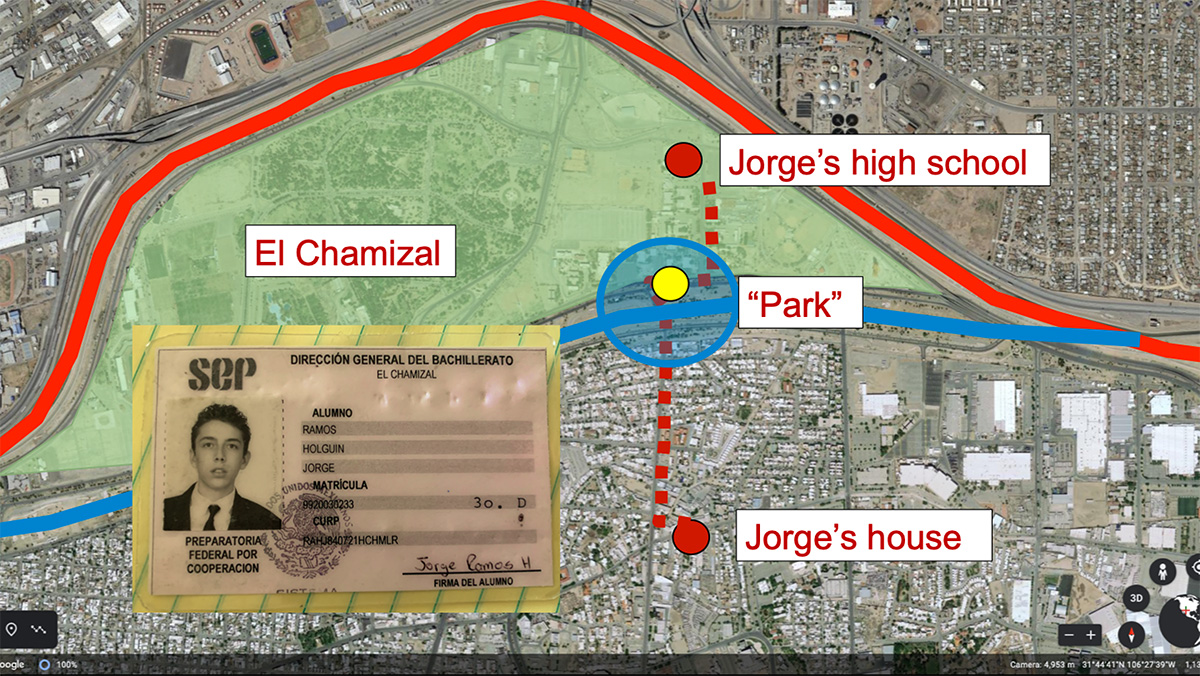
Natural history can tell us more about this, too. The Spanish word chamizal comes from chamiso, the common name for the fourwing saltbush, which back then covered the whole land where my high school was built.
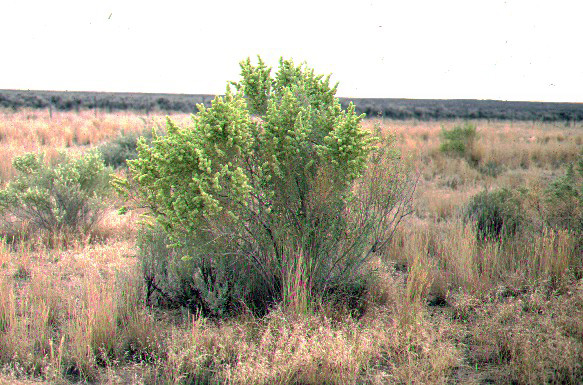
Studying natural history at Jasper Ridge opened my eyes to new pieces of natural and even political history in my hometown. I guess it did not matter that I was raised in an urban and industrial city. It also did not matter that I did not receive any formal training in natural history back then. This kid from Juarez was able to learn and discover new things later in life.
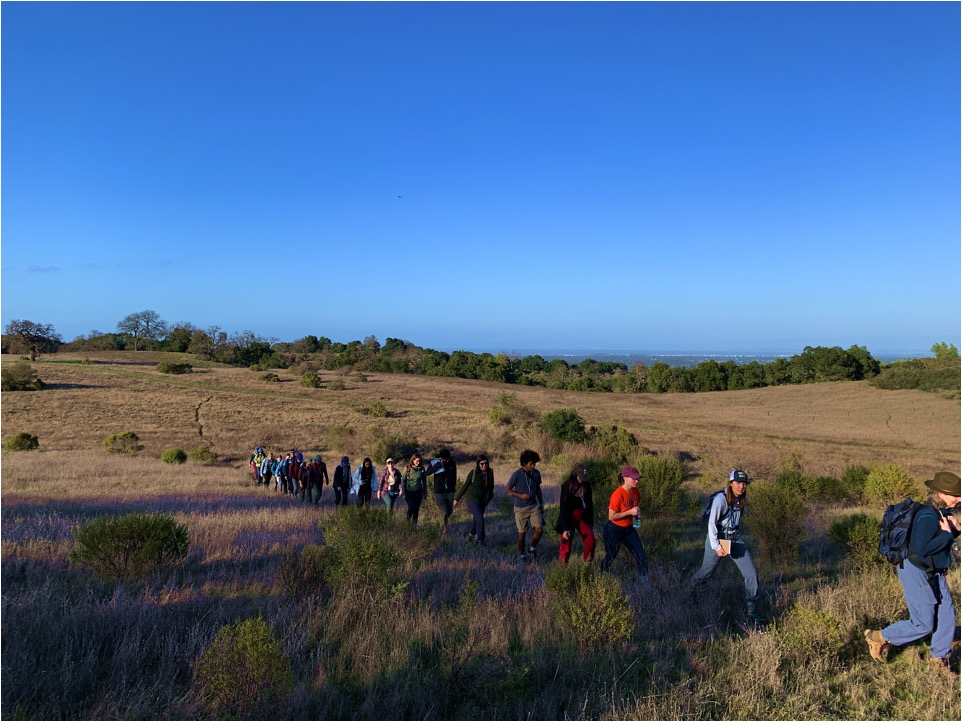
So here are three things I’d like you to do now. Allow yourself to learn or re-learn natural history. If you can, revisit old spaces. And then, use what you see to inspire others.

